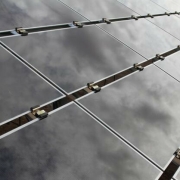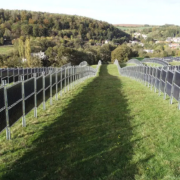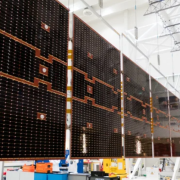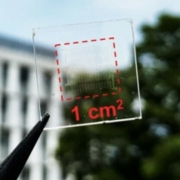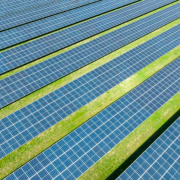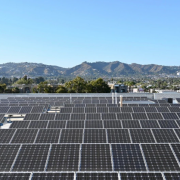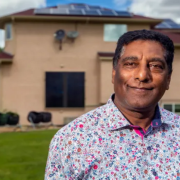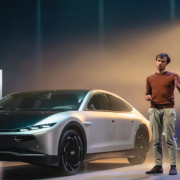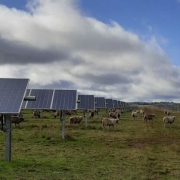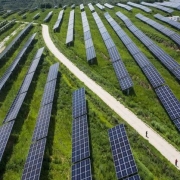A Berkeley, California startup that automates solar panel installation has raised $44 million in a funding round co-led by Bill Gates’ Breakthrough Energy Ventures.
Terabase Energy has already developed software to design solar panels and improve their efficiency in changing weather conditions. It plans to use the new funding to scale up its system for mass installation, aiming to reduce the cost of developing utility-scale solar projects.
While there are existing methods to automate or digitize separate steps of solar construction and deployment, Matt Campbell, co-founder and chief executive officer of Terabase, says that the company automates the whole process.
Click here to read the full article
Source: Bloomberg
—
If you have any questions or thoughts about the topic, feel free to contact us here or leave a comment below.

